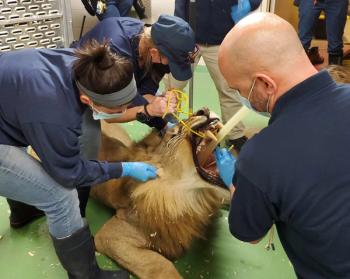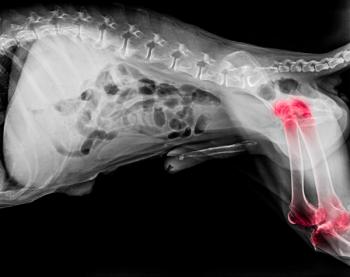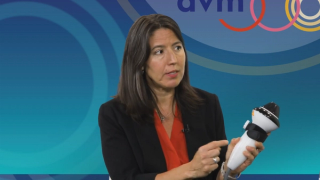
Anesthesiology & Pain Management
Latest News
Latest Videos

More News

Karen Roach, RVT, VTS (ECC), reviewed measures that can be implemented for pain management

How to be a wellness superhero in 5 minutes or less

Oncologist explained how to diagnose and treat this common type of canine bone cancer

How North Carolina Zoo is leveraging behavioral training and Fear Free methods

Tasha McNernery gives an inside look at what attendees can expect to learn and take away from her upcoming keynote address at Fetch Coastal this October

Reframing the understanding of medical orthopedics, pain management, and osteoarthritis

Milestone demonstrates CHF's dedication to making strides in research to better the lives of dogs

A multimodal approach to pain management may be just what your patients need

20/20 Imaging and Medovate Ltd sign distribution agreement to bring this product to the veterinary industry

Treating patient pain with local and nerve blocks

Technician duo discussed their approach to nursing a postoperative patient at our pain management symposium

In this dvm360® interview, Dr Leilani Alvarez shares a pearl of wisdom she's learned during her career

3 articles recapping pain management lectures from the Directions in Veterinary Medicine symposium in Miami, Florida

Trio of faculty collaborated to discuss management of painful joint conditions in companion animals at the Directions in Veterinary Medicine symposium in Miami, Florida

Learn more about the relatively new concept of frailty and key interventions for decreasing morbidity and mortality that are often overlooked

Directions in Veterinary Medicine symposium day 2 mock case study focuses on triage, comorbidities, and restraint of a French bulldog

In this dvm360® interview, Dr Leilani Alvarez explains how she uses this therapy for pets as part of a multimodal approach to pain management

In this dvm360® interview, Dr Bryce Dooley discusses effective drug options for these patients in excruciating pain

In this dvm360® interview, Tasha McNerney, BS, CVT, CVPP, VTA (Anesthesia and Analgesia), explains when its appropriate to use constant-rate infusions

In this dvm360® interview, Dr Leilani Alvarez shares what to keep on your radar for 2023 and beyond

In this dvm360® interview, Dr Matthew Brunke shares how to address this oftentimes underdiagnosed condition in pets

In this dvm360® interview, Dr Bryce Dooley outlines helpful adjunct therapies and educates us on taking an individualized approach

In this dvm360® interview, Dr Bryce Dooley shares what to bear in mind when administering this pain management drug

Patients with gastrointestinal obstructions are higher risk anesthetic patients who require careful preparation and monitoring to maximize outcomes

Mobility problems in younger dogs may be linked to the condition often seen in older pets














